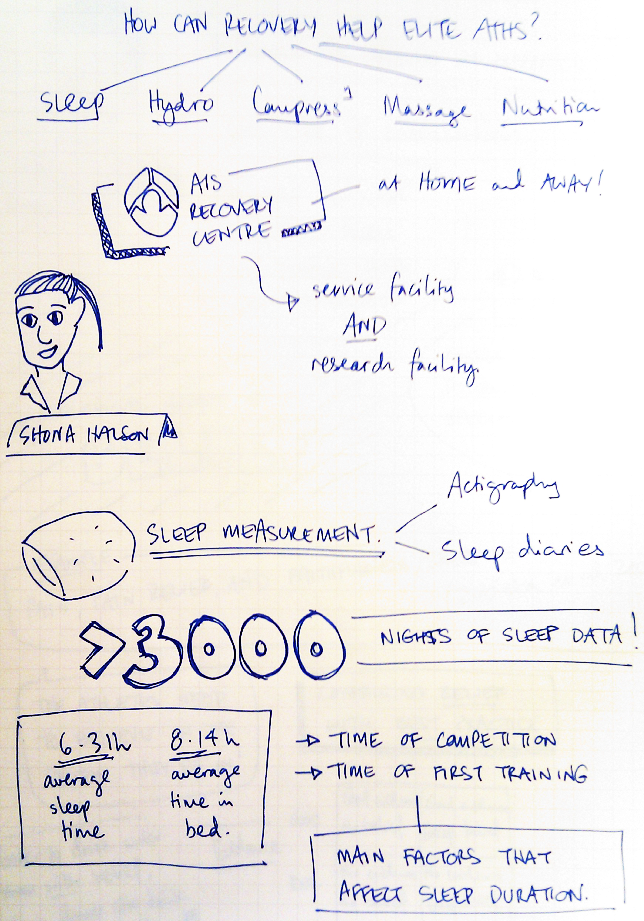We’re about 40 mins away from the closing Honorary session of this year’s European College of Sports Science Congress, to be delivered by Bengt Saltin. Time enough for me to jot down some quick thoughts about my experience of this year’s conference…
I used to think of conferences as a really big deal. And I still think they are…to an extent. I feel absolutely privileged to have my work accepted for presentation before my peers, and I can hardly complain that this process of research dissemination involves international travel as well. But with a few conferences under my belt now, I am beginning to understand that these events serve not as a capstone on research projects, but as a chance to sow seeds. The chance to propose your unique ideas, to push your chicks out of the nest and see if they fly, so to speak.
I was happy with my mini-oral presentation. Said what I wanted to say, and got a couple of good questions afterwards which will inform my write up of the study. I was also pleased that the mini-orals were presented in separate rooms. Last year’s multi-purpose room setting was chaotic to say the least, so I’m glad that the conference organisers listened to the feedback and did things differently here in Barcelona.
Good to see an improvement in social media use by the conference. Evert Verhagen (@evertverhagen) and myself had a great chat about this earlier in the week, and we both agreed that there is plenty of room for improvement (less broadcasting, more interaction) but I think it’s a step in the right direction. Particularly pleased to track the #ECSS13 hashtag and see lots of other Twitter handles aside from my own. A different experience to what happened with #ECSS2012 😉
Barcelona is simultaneously wonderful and terrible as a conference location. It is wonderful because of the gorgeous weather, the long sunny days, the friendly people, the incredible food, the efficient transport. But it is terrible because I couldn’t help but feel a little torn between wanting to catch conference sessions and yearning to go exploring outside the walls of the conference venue… #firstworldproblems!
More to come over the next few days, as I get time to catch a breath and let my ideas germinate. While I haven’t been as intensely involved as a conference participant this year, it has been a productive time nonetheless, and encouraging to feel that my research questions (big and small) are heading in the right direction.











